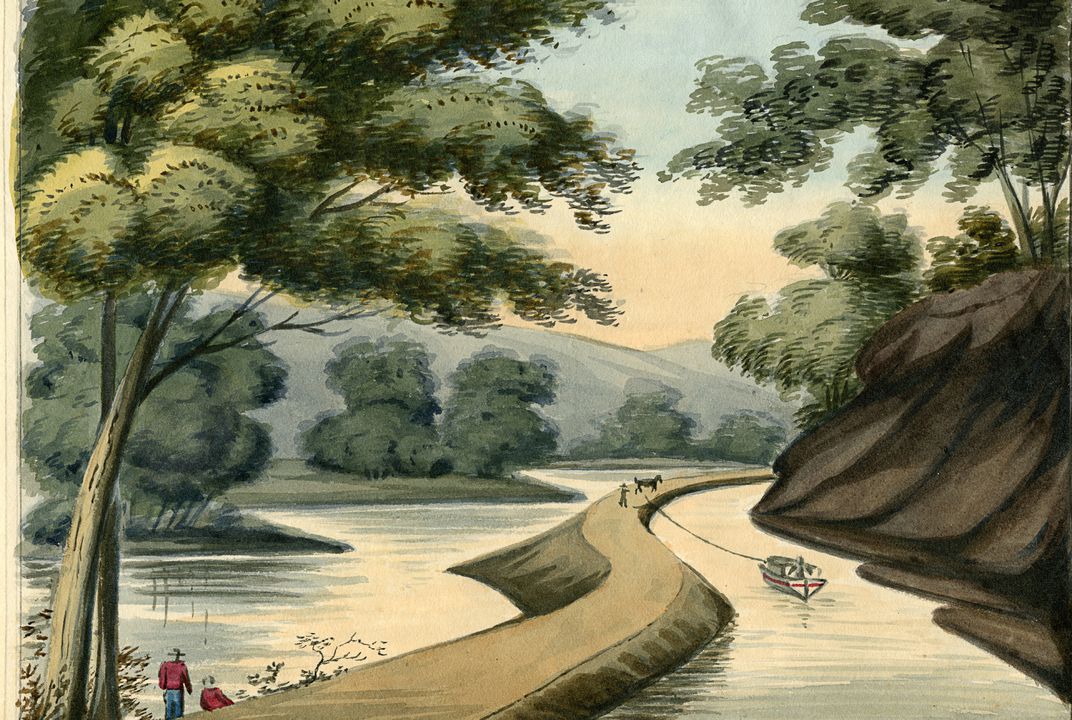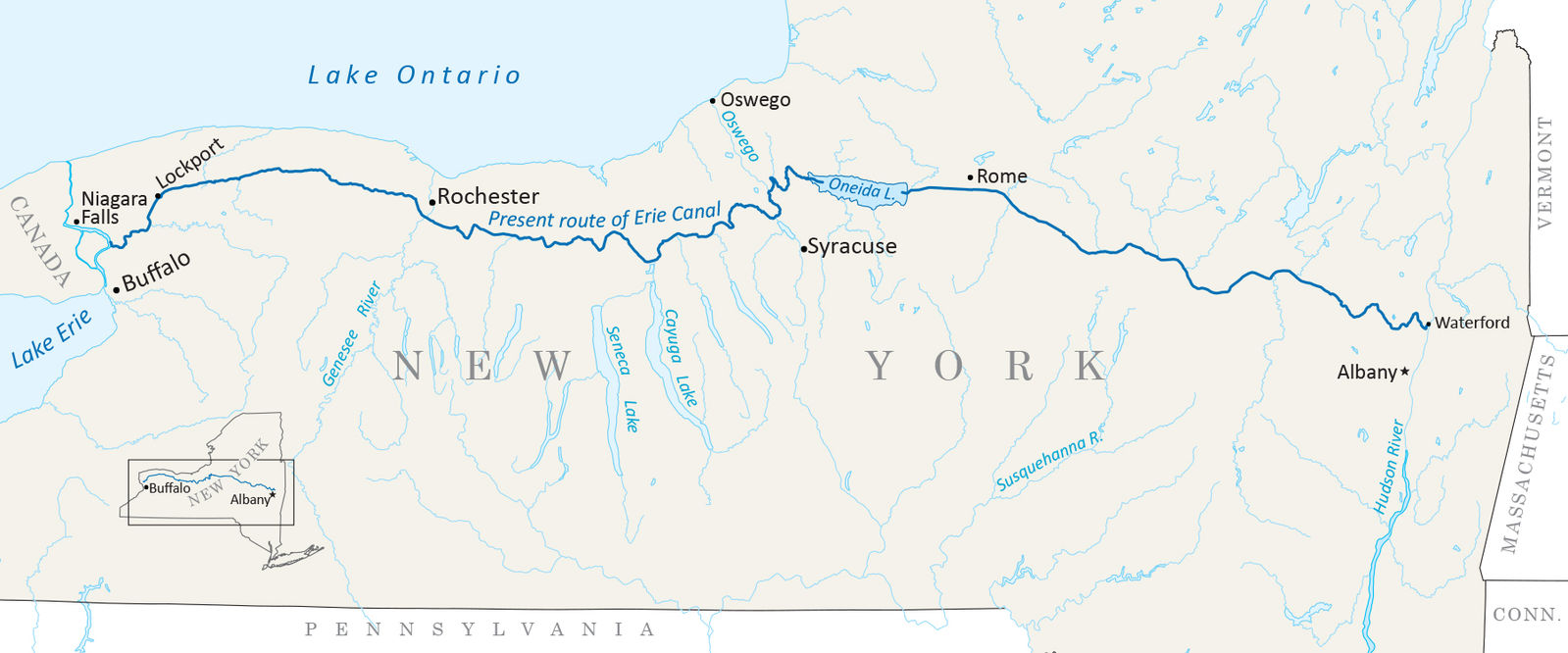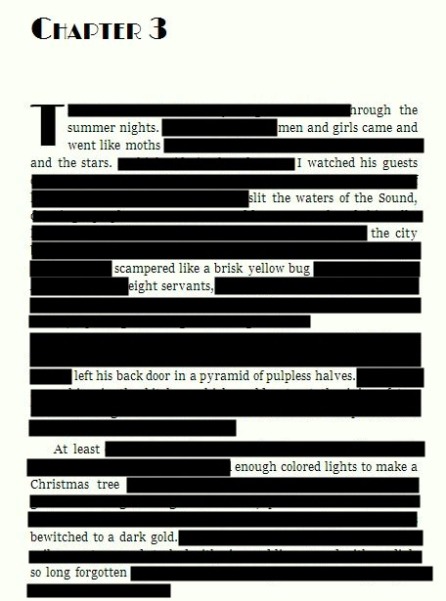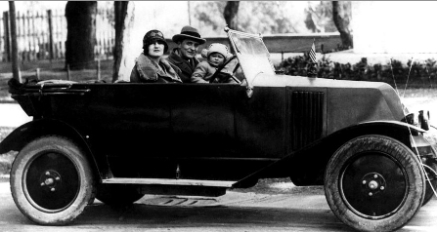
COVID Lockup in Lima
by Rose Mary Boehm
It’s quiet Sundays again. Our Presi
(and his band of braves) have decided
that we’ve had enough fun. Back to total lockup
on Sundays. Just heard the police giving someone
a hard time. The woman was walking her dog.
What, the poor dog can’t poop on Sundays?
So, today there are no cars, no dog barking,
no young voices laughing. I look out of the window
and the only living things are the palm trees
and the ever-increasing flock, colony, fleet,
parcel, or dissimulation of birds. The Pacific
is gently sighing its waves onto the pebble shore.
No witnesses.
But during the week it’s COVID entertainment.
And they are getting better. Bring a smile
to my face every time they pass. A trumpet,
a guitar, a drum and a singer. They make
their way along the boardwalks of Lima
to keep us locked-up folk smiling.
At first it hurt a bit. But they
must be practicing their craft. Every day
they keep the rhythm better, the singer
almost hits the right notes, the guitar
seems to be strumming with more confidence,
the trumpet no longer tortured.
Let me celebrate the bringers of cheer,
not wanting anything else but smiling faces
at the windows of the many high-rises along
the seafront. Every fifty meters or so
they stop to play Peruvian huaynos,
dances of happiness since Inca times.
I swear there once was a gaggle of police
in uniform who jumped and stomped
their hearts out.
PHOTO: Peruvian couple dancing Huayno, a traditional musical genre typical of the Andean region of Peru, Bolivia, northern Argentina, and northern Chile. Photo by Pablo Borca, used by permission.

NOTE: Huayno is a genre of popular Peruvian Andean music and dance. It is especially common in Peru, Bolivia, and Argentina, but also present in Chile, and is practiced by a variety of ethnic groups, especially the Quechua people. The history of Huayno dates back to colonial Peru as a combination of traditional rural folk music and popular urban dance music. High-pitched vocals are accompanied by a variety of instruments, including quena (flute), harp, siku (panpipe), accordion, saxophone, charango, lute, violin, guitar, and mandolin. Some elements of huayno originate in the music of the pre-Columbian Andes, especially on the territory of the former Inca Empire. Huayno utilizes a distinctive rhythm in which the first beat is stressed and followed by two short beats.
PHOTO: A Quechuan man with traditional dress and drum (Peru, 2018). Photo by Mark Tucan, used by permission.
NOTE FROM THE AUTHOR: I am delighted to have this opportunity to write a poem in honor of the people here in Lima who have only one wish: to see the rest of us (especially the over-65s who are still in strict quarantine) stand at their windows and smile and clap. They are simple folk and could sure do with some money. But they do it from the goodness of their hearts. I find that very moving. At times even the police join in. Police have also in the past been driving slowly up and down the streets, windows open, playing happy music at full blast. You have to love the good intentions.

ABOUT THE AUTHOR: A German-born UK national, Rose Mary Boehm lives and works in Lima, Peru. Author of two novels and Tangents, a full-length poetry collection published in the UK in 2011, she’s a three-time winner of the Goodreads monthly competition. Recent poetry collections are From the Ruhr to Somewhere Near Dresden 1939-1949: A Child’s Journey and Peru Blues or Lady Gaga Won’t Be Back. Her latest full-length poetry manuscript, The Rain Girl, will be will be available on Amazon, Barnes & Noble, and all good bookshops starting on September 10, 2020.














